With more than 1M interactions with our platform - here are the new trends that currently interest home décor shoppers
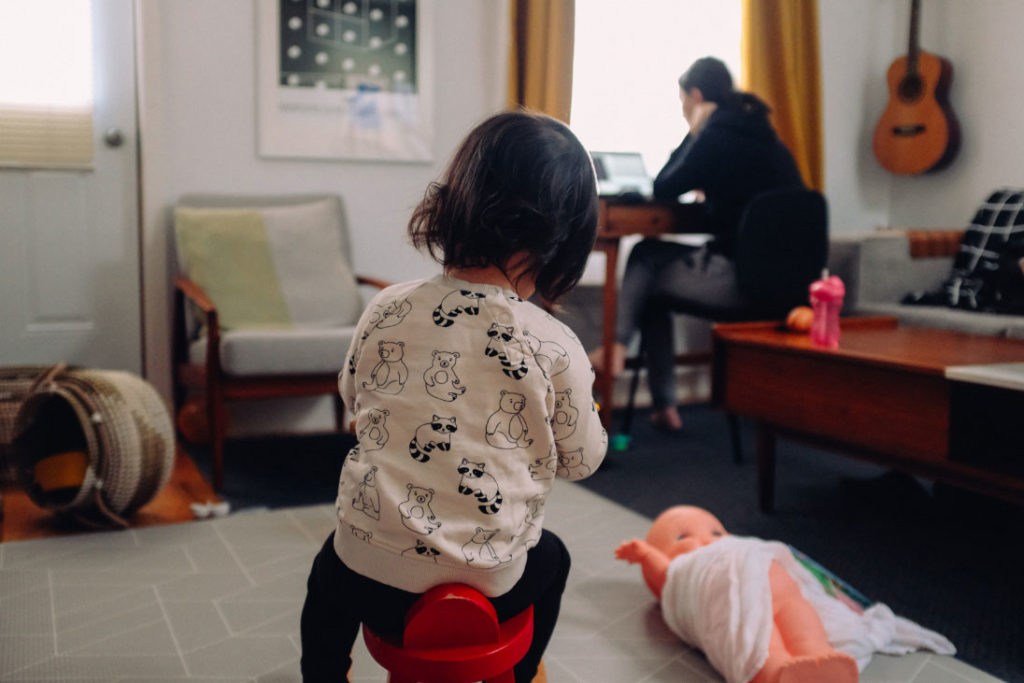
This year’s sudden increase in time spent at home brought about a surge of shoppers looking to adjust their household to the new normal, of long hours and crowded spaces, as school, work and domestic life blend together.
The scramble to adapt interiors creates a new predicament. Changes have to be made quickly (you can only share a desk with your kid for so long) and via an online platform, but as financial uncertainty looms, adventurous purchases are not an option; people want to know they are making the right move when ordering a new piece of furniture or new essentials home accessories.
This kind of security can be found in tools for personalized product presentations and 3D imaging. While furniture can’t be seen up close in stores, tailor-made and preference -based design engines show shoppers everything they need to know before making a purchase, presenting different guests the same product- be it a sofa, a desk, or a floor lamp- in different surroundings, customized to one’s exact needs.
Looking into our platform query history on some of the industry’s leading websites, we found a few recurring themes that weren’t there pre-COVID and make perfect design sense.
So how are people using home décor to make this moment in time a little more tolerable?
These are the top 5 emerging trends:
1. Balancing sounds with fabrics
No one wants to be on a Zoom call and sound like they’re calling from a spaceship, or from an empty gym, so if you are working remotely decent home acoustics are a must. Essentially, bare floors and walls are the enemies of pleasant sounds, and as most bedrooms are already occupied with a sound-absorbing bed, this trend is mainly directed toward living rooms. Soundproofing foam panels can look beautiful anywhere without making your place look like a recording studio, but more conventional items do the trick as well. Rugs, tapestries, shelves, and even art are enough to cancel out annoying echoes when placed correctly. Small changes can make a big difference as well, like hanging macramé patterns on empty walls, or even plants (the thicker the better). As materials go, integrating wool, felt, or wood into your space is found to soften the harsher sounds most efficiently.
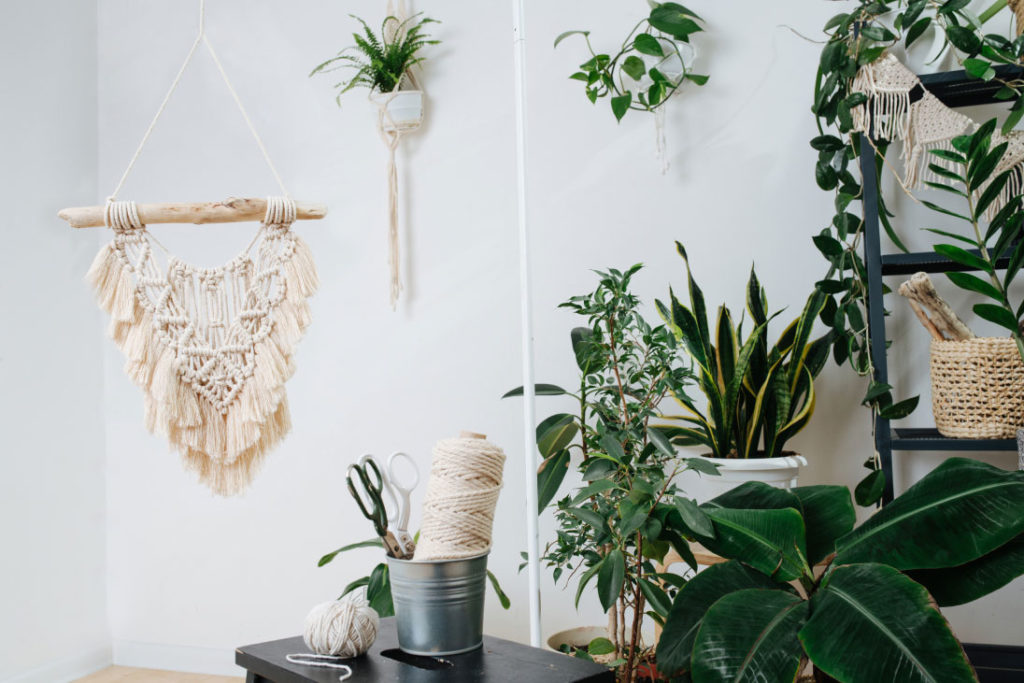
Read More About our main features:
Visual AI for Retail
Complete The Look
CRO tool
product matching in ecommerce
ecommerce personalization
2. Organic and eco-friendly materials
Naturally, awareness of environmental causes and human fragility as a whole has risen due to Covid-19, driving people to look for a more naturalistic vibe, and minimize the contrast between their home and the outside world. The biggest hits in this back-to-nature era are rattan furniture. Woven fiber chairs or sofas immediately lighten up rooms and give out a definite bohemian feel and flow. Smaller wicker accessories are also gaining popularity, from decorative balls to boxes, baskets, tissue paper covers, and more.
You should be aware, however, that much of the industry has moved on from the natural Rattan harvested from palm trees to a synthetic material, sneakily named polyethylene rattan.
Other core elements of naturalistic home décor- organic cotton and wood- are also growing in demand at the moment. Not beating polyester and plastic just yet, but still, showing an encouraging change.
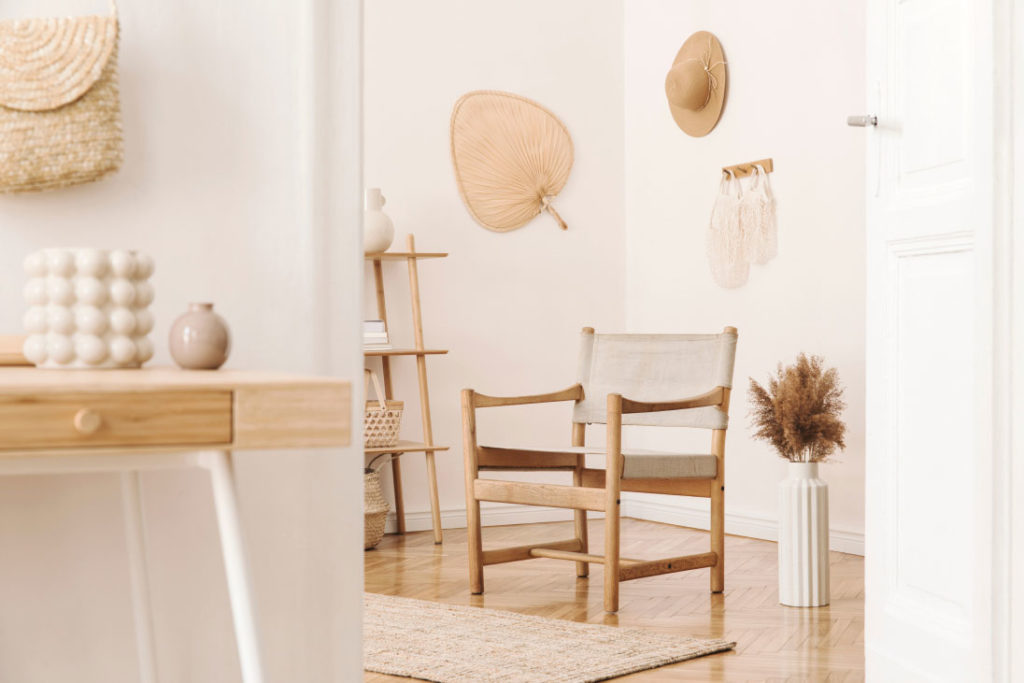
3. Relaxing colors
Peaceful colors can actually bring peace. Ask a bullfighter. Being stuck inside 24/7, aside from the occasional supermarket run, makes it far too easy to lose your emotional balance. Thankfully, you can easily inject soothing color palettes into your home. In line with the naturalistic trend, neutral-earth colors such as light brown, beige and light green, lead the search rankings. A more contrasting combo of deep blue, brown and white is steadily becoming more popular along with the obvious pastels, creams, and greys. The flip side of declining palettes consists of all neon, red-black combinations, and metallic shades. The search for calming items goes deep into every part of the house, spanning bed-sheets, rugs, towels, tapestries, throw blankets, wall color and more.
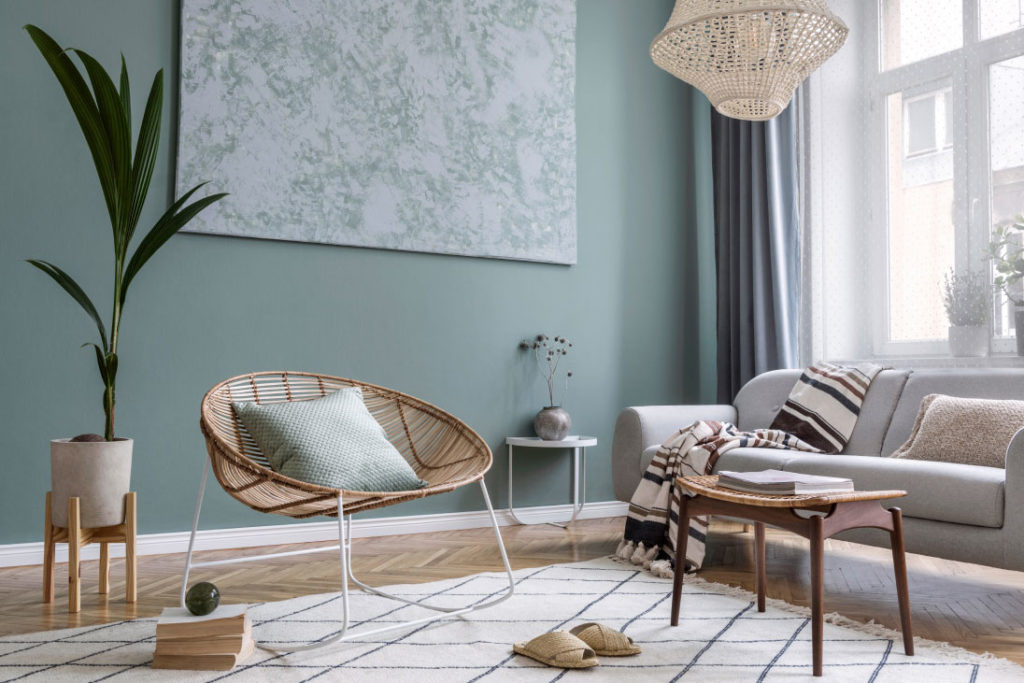
4. Decluttering solutions
Traditionally, separation items are used mostly in studio apartments, stores, and oversized living rooms, as an occasional substitute for walls. But as we’re forced to share smaller spaces for longer hours during quarantine, shoppers find that even their own walls aren’t enough to give them privacy. Foldable rattan dividers are the best sellers in this category, with wooden screens and rope patterns also getting more and more consideration. Another popular way to go, if you’re not looking for a thin, retractable wall, is the good old beehive. In addition to creating better acoustics and preventing distraction, the right room divider can make spaces appear and feel bigger, so even thicker solutions are found to be useful.
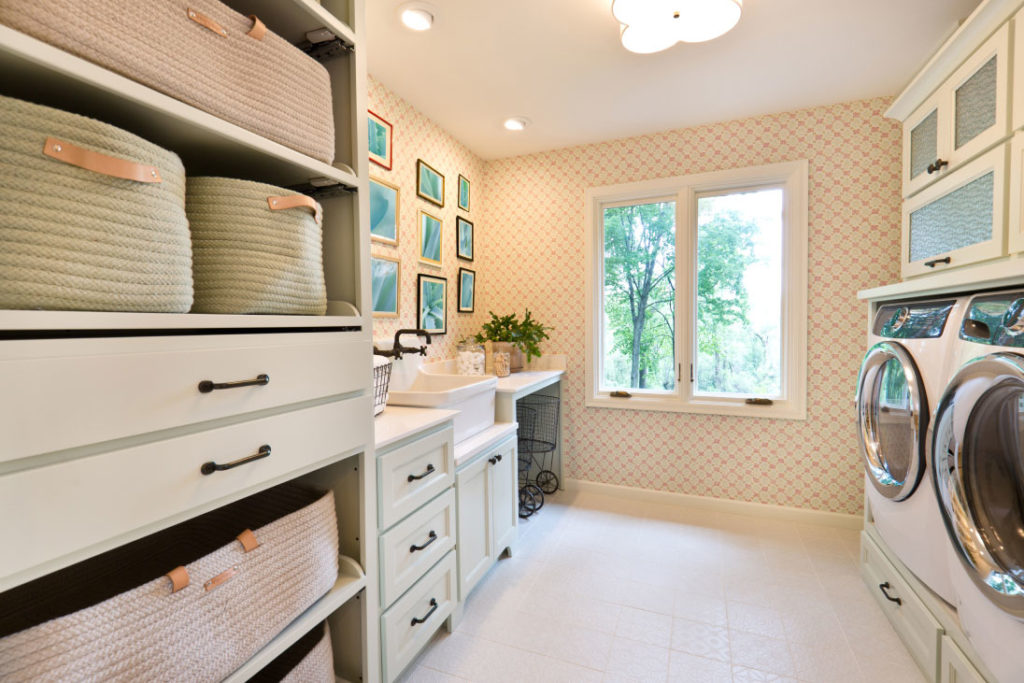
5. Room dividers
Spend 6 waking hours a day at home and you will probably create just enough mess that you could tidy up before going to bed or in the morning. Spend 16 waking hours a day at home, and the scales tip into constant chaos. What do most people do with their mess, you ask? Simple, they hide it. This is the time of anything-with-storage: Sofas, beds, ottomans, baskets, coffee tables with under-shelves, and desks with hidden compartments. And if you’ve ever suffered from clutter you know that it “sticks” to things, meaning, it makes even what’s in order look like part of the problem. So to take off the burden on the eyes, people are also turning to plain storage boxes to make things that used to be on display- disappear. A bulky trunk just sitting there in the corner isn’t always pretty, but it gets rid of chaos, and that is definitely a top priority.
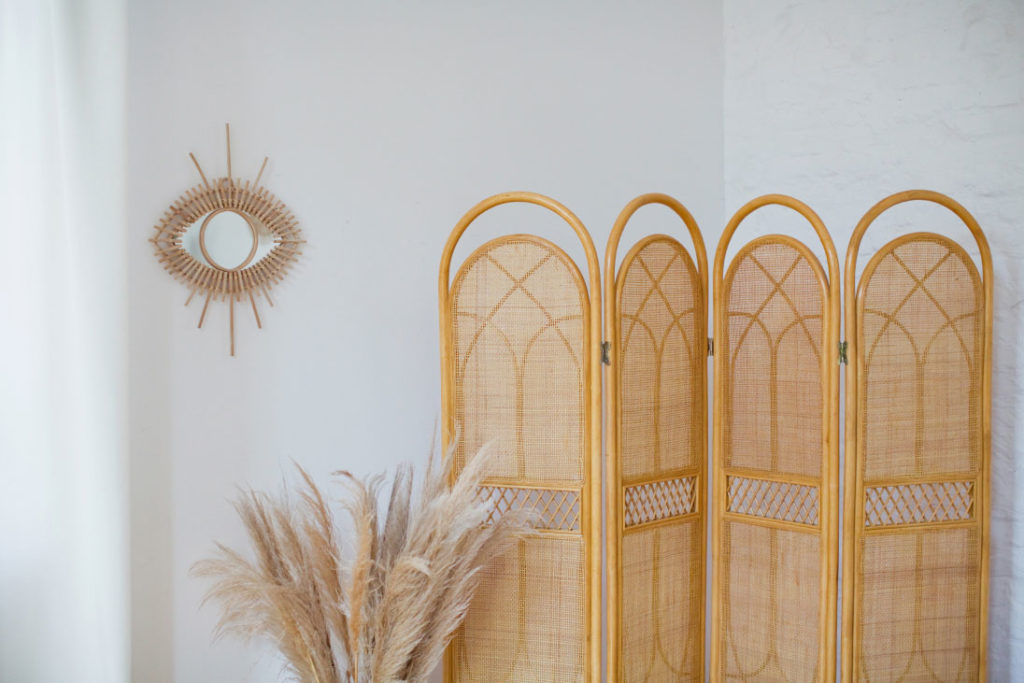
The challenges of 2020 made many around the world rethink their living spaces and give extra thought to upgrades and improvements, now more than ever based on individual fit and instant value.
Integrating personalization into a conventionally cold process, it seems, made frustration give way to creativity, self-expression, and a new-found joy in online shopping. We now know that by SHOWING immediate eye-pleasing solutions, obstacles turn into opportunities a win – win for both vendors and customers.